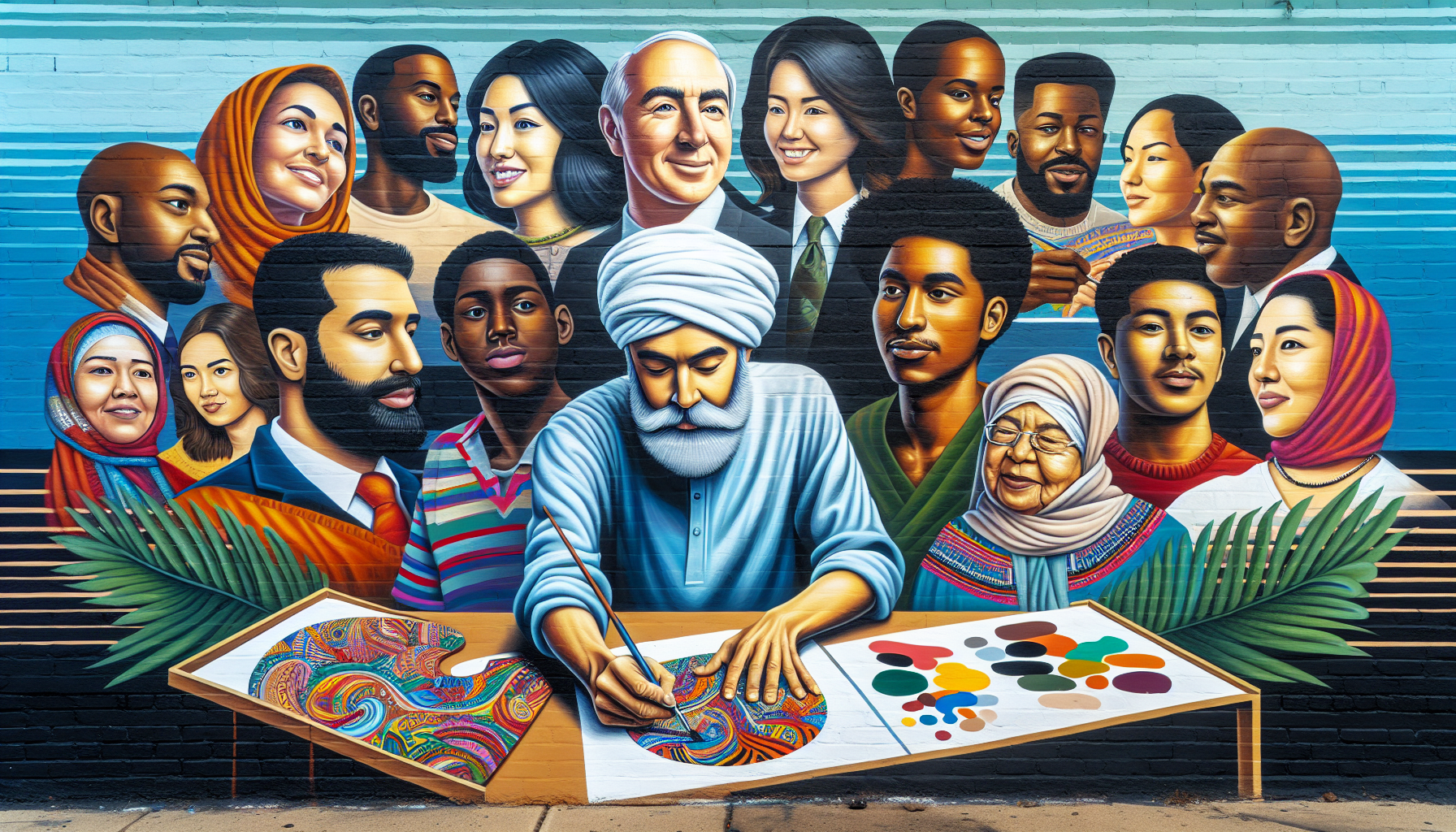Art has long been regarded as a profound expression of human creativity and emotion, but its significance extends far beyond mere aesthetics. It serves a multifaceted role in society, acting as both a mirror and a catalyst for change. By reflecting cultural values, challenging norms, and fostering social change, art becomes an integral part of societal evolution.
Art as a Reflection of Cultural Values:
Art functions as a cultural barometer, capturing the essence of the time in which it was created. Each piece of art, from the grandeur of Renaissance paintings to the minimalist brushstrokes of abstract expressionism, speaks volumes about the beliefs, priorities, and values of the society it originates from. For example, during the Renaissance, art celebrated humanism and the rediscovery of classical philosophy, capturing a society on the cusp of enlightenment. Similarly, the bold, bright, and often commercial nature of pop art in the 1960s reflected a culture consumed by media and consumerism.
Moreover, art provides a valuable historical record, offering insights into how cultures have evolved over time. Traditional crafts, folk art, and indigenous creations hold sacred the narratives of communities, preserving their legacies for future generations. In this way, art not only mirrors cultural values but also sustains them.
Challenging Social Norms:
Beyond reflection, art possesses an inherent ability to question and challenge the status quo. Artists often take on the role of social commentators, using their works to address issues such as inequality, injustice, and oppression. Through provocative imagery, sculptures, and performances, they dare society to confront uncomfortable truths and consider alternative perspectives.
The works of artists like Pablo Picasso, whose renowned piece "Guernica" hauntingly depicted the horrors of war, or Banksy, whose street art critiques political systems and highlights social issues, are powerful examples of art's potential to stir conversation and incite change. By pushing boundaries and challenging accepted norms, art encourages critical thought and prompts societal reflection on its current path.
Art as a Catalyst for Social Change:
Art’s transformational power lies in its ability to inspire action and drive movements. Throughout history, art has played a pivotal role in addressing socio-political issues and advocating for change. During the civil rights movement, musicians, poets, and painters created works that expressed the struggle and resilience of those fighting for equality. Protest songs, powerful murals, and poignant poetry became rallying cries, galvanizing communities and spreading messages of hope and resistance.
In contemporary society, art continues to spark social change. Community projects, public art installations, and online platforms promote discussion and visibility around pressing global issues such as climate change, gender equality, and social justice. By creating inclusive spaces for dialogue and collaboration, art can unify individuals and communities, encouraging them to work towards common goals.
Conclusion:
As a mirror, art offers an honest reflection of culture, capturing the essence of societies across time. As a provocateur, it challenges traditional beliefs, sparks dialogue, and cultivates critical thinking. And as a catalyst, it propels social change, motivating individuals to act and seek progress.
In a world that is constantly evolving, art remains a powerful tool for understanding and shaping the human experience, highlighting its critical role in bridging divides, inspiring empathy, and driving societal advancement. Through its dynamic interplay with society, art not only documents change but actively participates in shaping the future.
